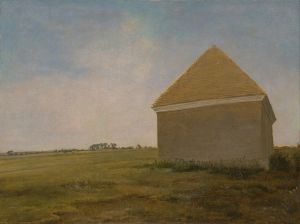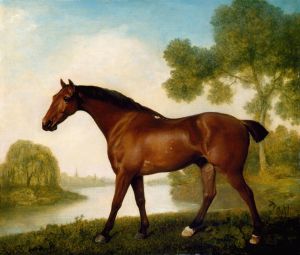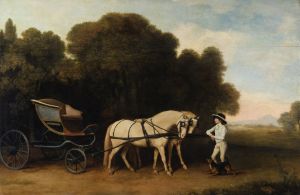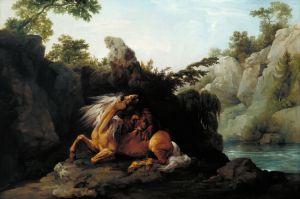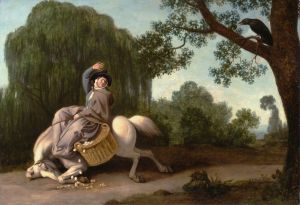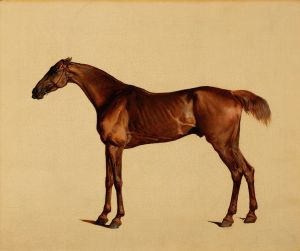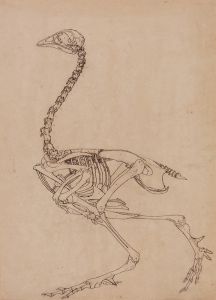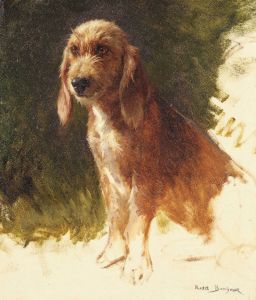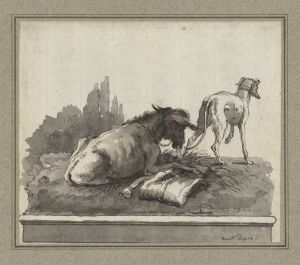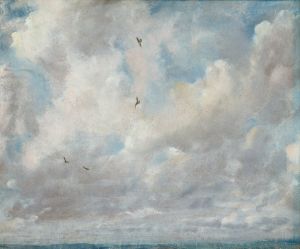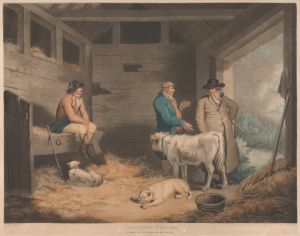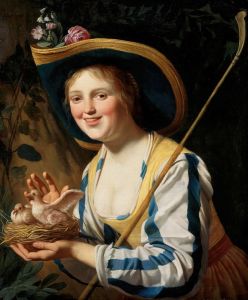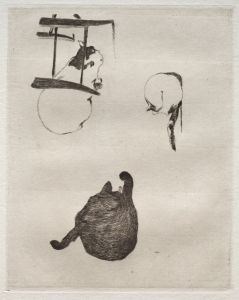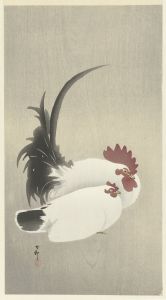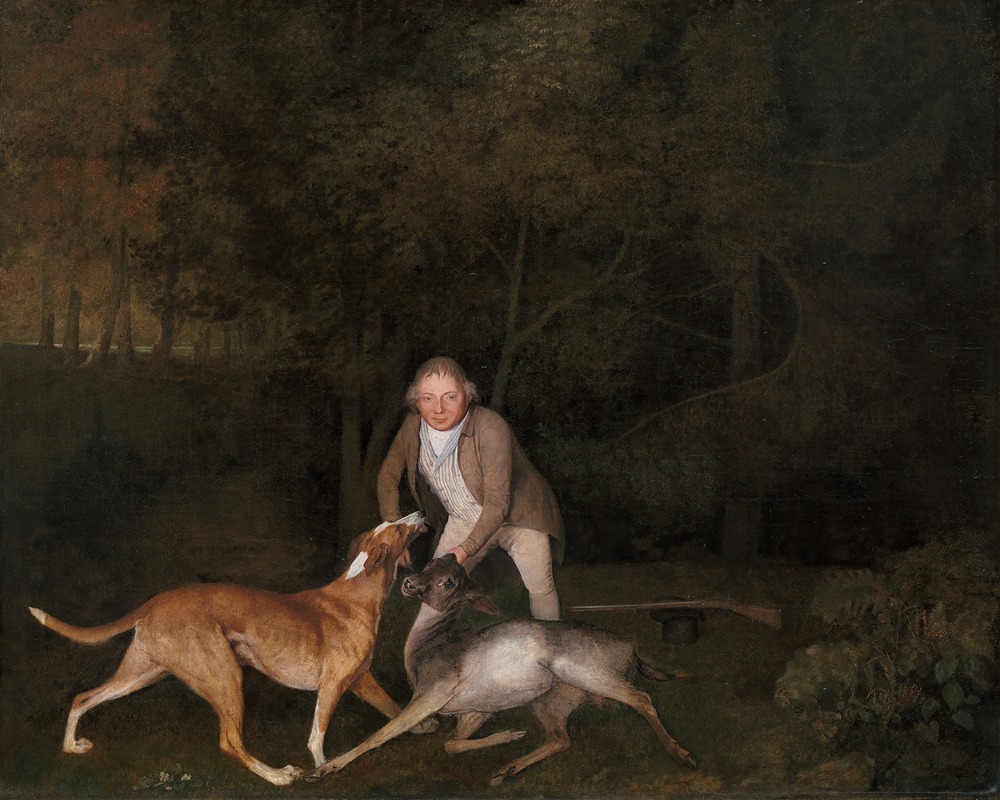
Freeman, the Earl of Clarendon’s gamekeeper, with a dying doe and hound
A hand-painted replica of George Stubbs’s masterpiece Freeman, the Earl of Clarendon’s gamekeeper, with a dying doe and hound, meticulously crafted by professional artists to capture the true essence of the original. Each piece is created with museum-quality canvas and rare mineral pigments, carefully painted by experienced artists with delicate brushstrokes and rich, layered colors to perfectly recreate the texture of the original artwork. Unlike machine-printed reproductions, this hand-painted version brings the painting to life, infused with the artist’s emotions and skill in every stroke. Whether for personal collection or home decoration, it instantly elevates the artistic atmosphere of any space.
"Freeman, the Earl of Clarendon’s gamekeeper, with a dying doe and hound" is a painting by the renowned British artist George Stubbs. Stubbs, born in 1724 and died in 1806, is best known for his detailed and anatomically precise depictions of horses, but his work also includes a variety of other animals and scenes from rural life. This particular painting is a testament to his skill in capturing the natural world and the human figures within it.
The painting features a poignant scene where Freeman, who served as the gamekeeper for the Earl of Clarendon, is depicted alongside a dying doe and a hound. The composition of the painting is both dramatic and touching, showcasing Stubbs' ability to convey emotion and narrative through his art. The dying doe, central to the painting, is rendered with meticulous attention to detail, highlighting Stubbs' deep understanding of animal anatomy. The hound, likely a hunting dog, is shown in a state of alertness and concern, adding to the emotional depth of the scene.
Freeman, the gamekeeper, is portrayed with a sense of dignity and calm, despite the somber nature of the scene. His presence in the painting underscores the close relationship between humans and animals in the context of 18th-century British rural life. Gamekeepers like Freeman played a crucial role in managing the estates of the nobility, overseeing hunting grounds, and ensuring the health and population of game animals.
The painting is a fine example of Stubbs' work during a period when he was highly sought after by the British aristocracy for his ability to capture the essence of their prized animals and rural pursuits. Stubbs' paintings often went beyond mere representation, offering insights into the social and cultural contexts of his time. In this work, the interaction between Freeman, the doe, and the hound can be seen as a reflection on the themes of life, death, and the human-animal bond.
"Freeman, the Earl of Clarendon’s gamekeeper, with a dying doe and hound" is housed in a notable collection, although specific details about its current location are not provided here. The painting remains an important piece within Stubbs' oeuvre, illustrating his mastery in depicting both human and animal subjects with equal sensitivity and precision.
George Stubbs' legacy as an artist is firmly established, with his works continuing to be celebrated for their technical excellence and emotional resonance. This painting, in particular, serves as a poignant reminder of the interconnectedness of life and the roles that different beings play within it. Through his art, Stubbs has left an enduring record of the natural world and the people who inhabited it during his lifetime.





